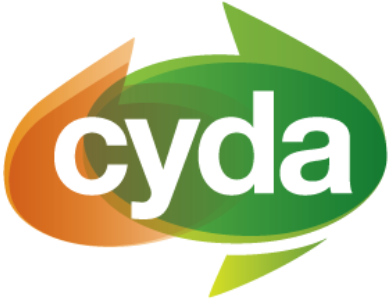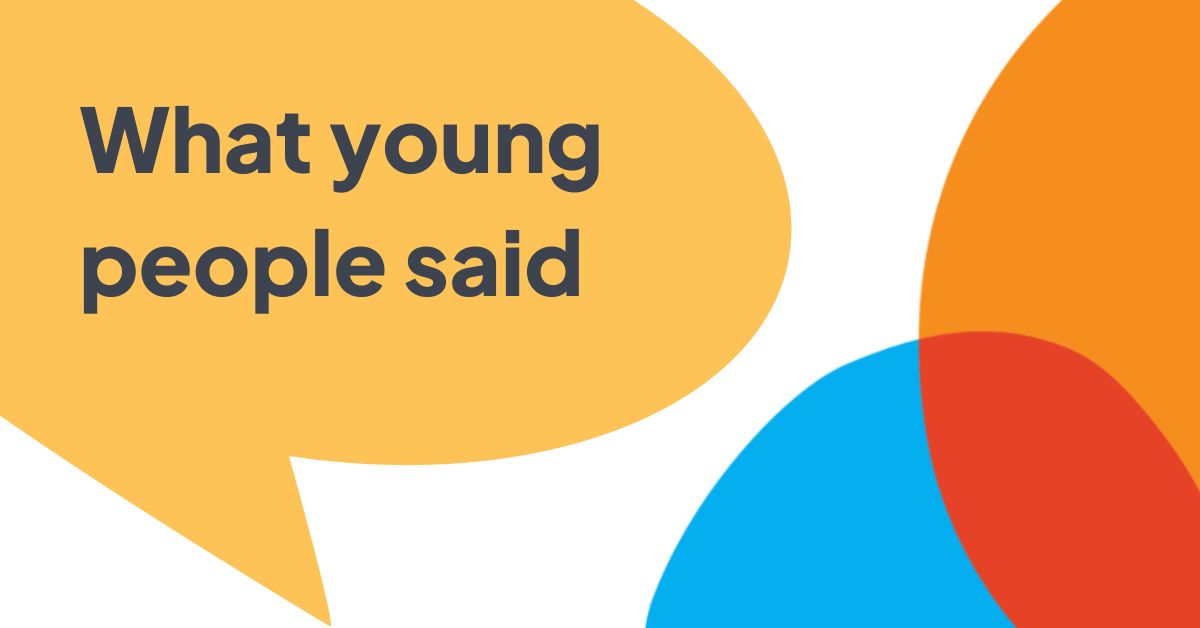“I also think it is important to understand that I am multiply marginalised in terms of being a queer person with disability. But I also acknowledge that I am – I experience a lot of privilege as well in terms of financial privilege, white privilege and also identifying as cis-gender. And I think all of those things are really important when talking about mental health.”
Young person with disability
Our wellbeing is linked to the opportunities we have to connect with our communities, friends and families. It is linked to the opportunities we have to access support when we need it and to lead fulfilling lives.
Mental health and wellbeing looks different for each person, and so do mental health care needs.
In this paper, young people with disability talk about the things that impact their mental health and wellbeing, both good and bad.


